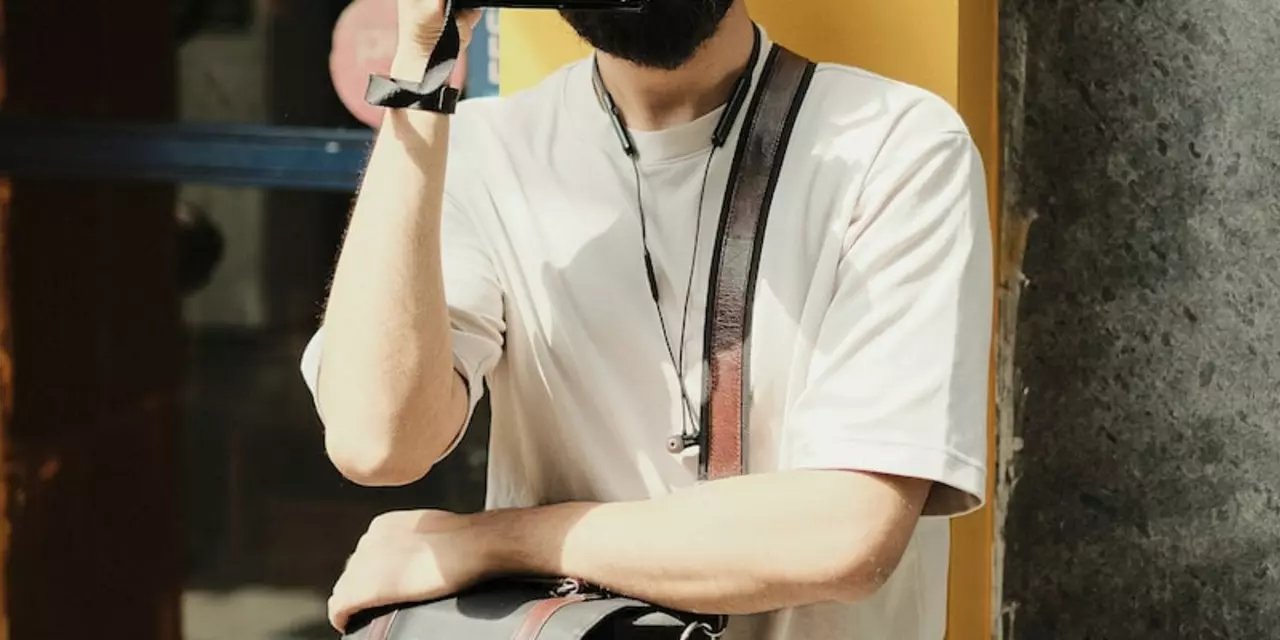Supreme Court: What It Is and Why It Matters
When you hear the word "Supreme Court" you probably think of big cases, judges in robes and decisions that change the country. That’s right – the Supreme Court is the highest court in the land and its rulings set the legal direction for everyone. In this guide we break down the basics, share a few landmark cases and show how the Court’s work can affect your daily life.
What the Supreme Court Does
The Supreme Court sits at the top of the judicial hierarchy. Lower courts handle most disputes, but if a case involves a big question about the Constitution or a law that applies to the whole nation, it can end up here. The Court reviews those questions, decides if a law is constitutional, and issues binding judgments that all other courts must follow.
Judges, called justices, are appointed for a long term to keep politics out of daily decisions. They hear arguments from both sides, read written briefs, and then discuss the issues behind closed doors before writing a final opinion. The majority opinion explains the reasoning that becomes the law. Sometimes, a few justices write separate "concurring" or "dissenting" opinions to add their own viewpoint.
Because the Court’s rulings are final, they shape everything from civil rights to business regulations. A single decision can change how police conduct searches, how schools teach, or how companies handle data. That’s why the Supreme Court is often called the "guardian of the Constitution."
Landmark Cases You Should Know
Understanding a few famous cases helps you see the Court’s power. One classic example is the Kesavananda Bharati case, where the Court introduced the "basic structure" doctrine. It said Parliament can’t change the core features of the Constitution, protecting fundamental rights for future generations.
Another important case is Navtej Singh Johar v. Union of India, which decriminalized consensual same‑sex relationships. That ruling not only changed the law but also sparked a broader conversation about LGBTQ+ rights across the country.On the economic side, the Goods and Services Tax (GST) case clarified how the new tax system works and ensured uniform tax rules across states. Businesses felt the impact instantly, because the Court’s interpretation decided which taxes could be collected and how.
These examples show how the Court can protect freedoms, settle political disputes, and guide economic policy—all in one place.
So, how does all this affect you? If you’re a student, a Supreme Court ruling on education policy could change exam formats or scholarship rules. If you own a small business, a decision on tax law might affect how much you pay each month. Even everyday things like privacy settings on your phone trace back to Court decisions about data protection.
Keeping an eye on the Court’s agenda can help you anticipate changes. News outlets usually report major cases weeks before they’re heard, giving you a chance to understand the issues early.
In short, the Supreme Court might seem distant, but its decisions ripple through every corner of society. Knowing what the Court does, the big cases it has handled, and how those rulings shape laws can make you a more informed citizen. Stay curious, follow the headlines, and you’ll see how the highest court touches your life in ways you might not expect.

The Supreme Court of India has transferred the petition of detained activist Kafeel Khan to the Allahabad High Court. Khan was arrested for allegedly making inflammatory comments at a protest against the Citizenship (Amendment) Act in Aligarh. The petition seeks his immediate release from jail and his acquittal. The petition also challenges the detention order as being illegal and laments the inhuman treatment meted out to him. The Supreme Court has asked the High Court to decide the petition and dispose it of at the earliest. The court also asked the Uttar Pradesh government to file its response to the petition.
Read More